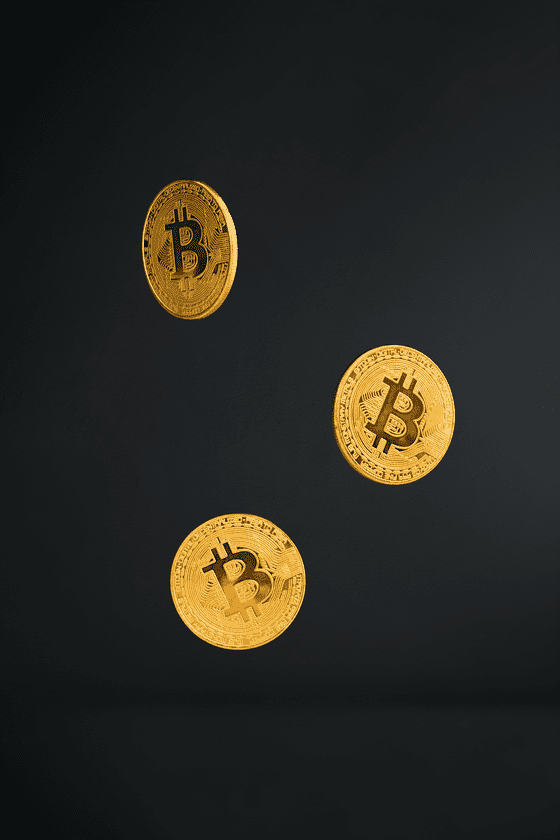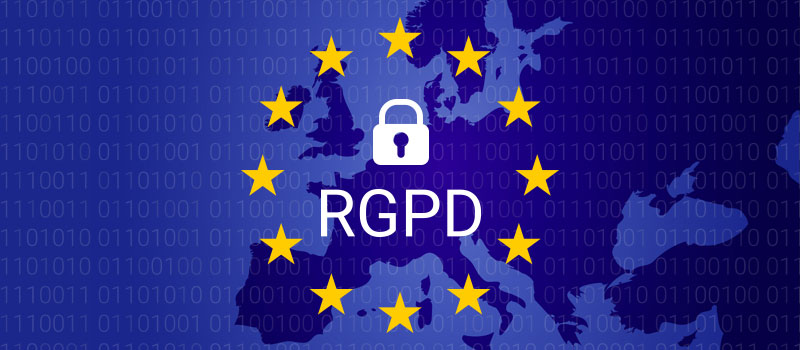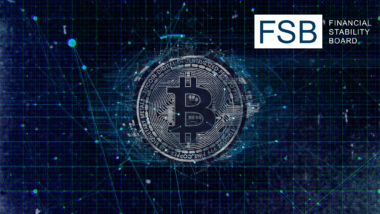Introduction
Non-fungible tokens (NFTs) have existed for many years but have recently garnered enormous traction in the form of digital kittens (CryptoKitties), sports highlights (NBA Top Shot), music album downloads (Kings of Leon), and Christies-auctioned digital paintings. Sir Tim Berners-Lee recently sold an NFT with the original source code for the world wide web.
NFTs let companies to communicate directly with consumers in the digital age; they enable brands to instill a sense of scarcity and thus value in their digital collectibles, which include images, videos, and audio files. They might be the digital equivalents of the Panini trading cards traded by children in school yards during the 1980s and 1990s. Additionally, because NFTs enable the tokenization, storage, and ownership of rights in digital or physical assets, they are anticipated to find widespread application in industries such as financial services.
However, what are they, what do they represent, and what legal and commercial implications should be considered?
NFTs – what are they and what do they represent?
A non-fungible token (NFT) is a one-of-a-kind digital token that is created (or “minted”) and stored on a decentralized ledger known as a blockchain. NFTs can be purchased and traded just like other types of property, but they lack a physical form. NFTs are “non-fungible” (i.e. distinct and non-transferable) because each token contains unique data (e.g. code and other information) that differentiates it from other NFTs associated with the relevant blockchain.
NFTs can be created using blockchain systems such as the public Ethereum network, Polkadot, Cosmos, and Flow. The NFTs can then be purchased and sold via a website dedicated to the underlying blockchain solution (e.g. OpenSea). The blockchain solution is the back-end technology that keeps track of who owns the NFT. The NFT marketplace is the user interface via which token buyers trade NFTs.
In general, NFTs are classified into two types:
• First Category: the token is tied to a physical asset (e.g. luxury goods or diamonds). A buyer purchases a physical asset from a seller, and the parties agree (in the sale contract) that the seller will issue the buyer an NFT linked to the physical asset, which will contain a digital certificate of authenticity/proof of ownership (digital record) confirming the physical asset’s authenticity and the buyer’s details. This gives the buyer with an irreversible, digital record of ownership of a genuine asset, which the buyer can subsequently use to sell the physical asset. This is a far superior record to a paper-based one that is easily lost or doctored. When a physical asset is sold, the data contained in the digital record is changed, for example, to reflect the new owner’s information.
• Second Category : the token represents the right to act on a (licensed copy of a) digital asset. This is how it might work:
o The NFT contains unique data, such as a unique URL link that directs the token purchaser to a web server housing the relevant digital asset.
o The digital item is not included in the NFT since doing so would be excessively computationally intensive.
o If the digital asset is a media file (e.g., a music file), the NFT normally signifies the right to download and listen to the music, which is accessible via the URL link, for personal use.Legal and commercial issues
Contract
It is critical that there are underlying terms and conditions governing the sale of the NFT (both the initial sale after the NFT is minted and subsequent sales via the NFT marketplace) to ensure that there is clarity regarding what the token represents, the rights of the token creator, and the rights acquired by the token buyer.
IP will be critical in regard to Category 2 NFTs, where the token creator grants the right to use a digital asset associated with the NFT. For instance, is the token purchaser acquiring a right to the linked digital asset’s intellectual property or merely a restricted license to use the linked digital asset? In the case of Category 2 NFTs, when the connected digital asset is a unique URL to a freely downloadable music file, the token buyer often acquires the right to download and listen to the music file for personal use, not the right to own the music file (copyright in the music file is not being transferred to you). As a result, the token creator is allowed to duplicate and market the song.
Rules governing financial regulation
There is no regulatory structure specifically for digital tokens, including NFTs. Thus, a critical concern for blockchain platforms and brands is whether the NFT will likely represent a regulated financial instrument or would be subject to anti-money laundering regulations.
Whether an NFT is classified as a financial instrument, such as a security, is determined by the NFT’s attributes and the rights granted to the token buyer. The non-fungible nature of the token has no bearing on the NFT’s regulatory status.
If the NFT just reflects ownership in an asset or copy, it is unlikely to be regarded a security and is more likely to be classified as a utility or exchange token if all it does is give the right to own and trade the asset.
However, if the NFT resembles a security, such as a share or a unit in a collective investment scheme, it may be deemed a “security token.” This may also contain fractionalised NFTs. The majority of NFTs are unlikely to be classified as e-money tokens, considering the fundamental property of e-money is its intrinsic fungibility.
While the majority of NFTs have not yet crossed these regulatory boundaries since they are focused on rights to an asset or copy in sports, art, or music, use cases are anticipated to increase rapidly.
There is a need to consider these issues because anyone or company conducting business in this area would be subject to the same regulation as traditional financial service providers. For instance, the issuer may be required to obtain a license or to comply with anti-money laundering rules, and the same analysis would apply to exchanges that facilitate the buying and selling of these NFTs, as well as token custodians or wallet providers.
Additionally, many jurisdictions may have marketing limits or even prohibitions on NFTs that are classified as utility tokens or exchange tokens, which will need to be addressed if NFTs are sold or distributed more extensively.
Non-legal issues
Along with legal considerations, technical practicalities must be considered. For instance, what if the web server that hosts the digital asset fails? A growing number of developers are creating tokens using hashes of IPFS URLs. IPFS is a peer-to-peer file storage system that enables material to be distributed over several computers, replicating the file in numerous locations. This guarantees that the digital asset will always be available as long as there are willing nodes to host it. The digital asset’s worth can be increased by storing it on a peer-to-peer file storage system.
Numerous brands are pursuing additional commercialization of their intellectual property through the establishment of NFTs. Due to the fact that these brands frequently lack the technical competence necessary to develop the NFT and/or to develop and administer the NFT marketplace, they employ blockchain vendors to undertake these functions on their behalf. The brand grants the blockchain provider permission to host a copy of the relevant digital asset. The blockchain provider then produces a unique URL for the hosted digital asset and combines it into a newly minted NFT. Additionally, the brand may grant a license to the blockchain supplier to use its trademark (which is then incorporated into the NFT marketplace), ensuring that token buyers interested in purchasing the NFTs are aware they are authentic. In exchange for the license to the digital asset and trademark, the brand often receives a cut of any fees produced by the blockchain supplier’s sale of any NFTs. To avoid brand reputational difficulties, such companies must ensure that the blockchain supplier delivers the offering in line with local regulations and provides an acceptable level of service to token buyers. For instance, if the NFT marketplace is perpetually inaccessible, this will have an effect on the brand linked with the NFTs’ reputation. Additionally, great attention should be made to what happens if the brand’s contract with its blockchain supplier is terminated. For instance, is the blockchain supplier no longer permitted to generate new NFTs but is permitted to sell/resell existing NFTs (Existing NFTs)? To what degree can the brand then license its relevant IP (to the extent that such IP is unrelated to any Existing NFTs) to a new blockchain supplier, who can then produce new NFTs for a new NFT marketplace that may compete with the prior blockchain provider and its Existing NFTs?
Conclusion
NFTs provide marketers an exciting new channel for connecting with their customers and supporters. Tiktok is only one of the latest brand to get into the NFT Business. Brands, token purchasers, and token creators should consider the issues surrounding the tokens – including liability, consumer protection, data protection, intellectual property protection, financial regulation, technical feasibility, and brand reputation – all the more so as the number, complexity, and variety of NFTs continue to grow (and this will no doubt lead to more complicated issues to consider and resolve).








